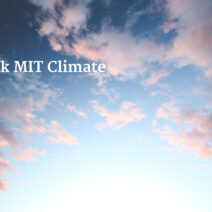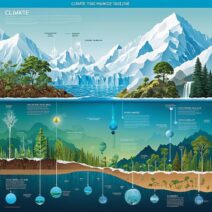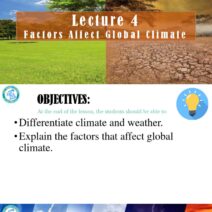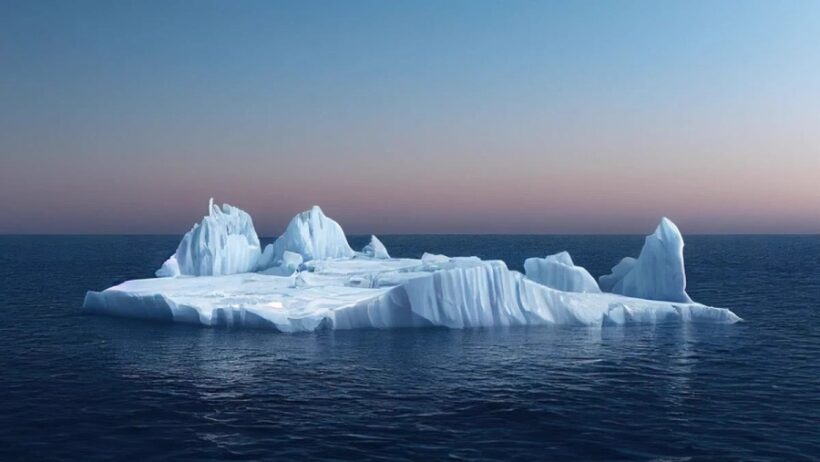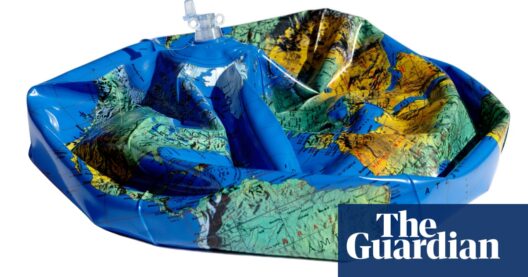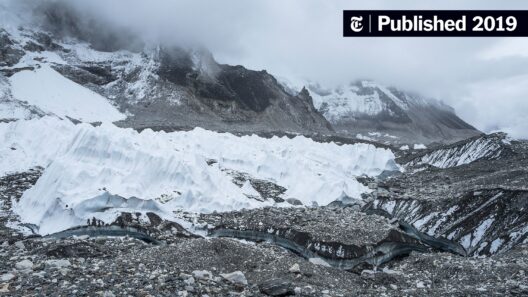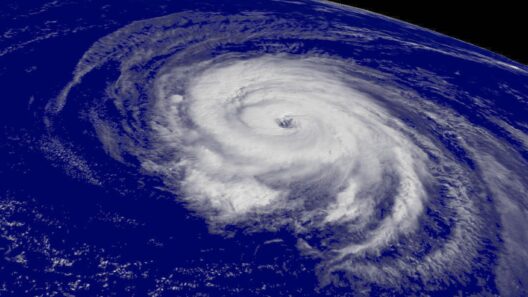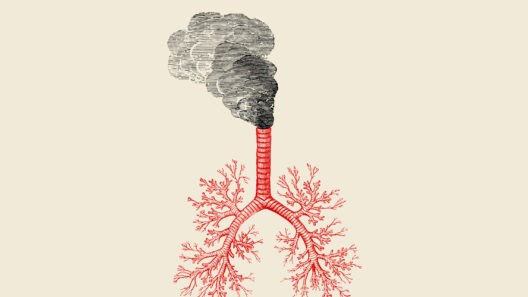Global warming, propelled by anthropogenic activities, is not merely an abstract concept; it manifests in the tangible changes occurring within Earth’s ecosystems. The phenomenon often referred to as “The Biome Shuffle” elaborates on how climatic alterations are reshaping the ecological framework of our planet. The interconnectedness of various living organisms and their habitats underpins a complex web that is now in flux, due to temperature increases, altered precipitation patterns, and habitat degradation. This examination will delve into how global warming is transforming biomes and the ramifications on biodiversity, ecosystems, and human civilization.
The term “biome” denotes large ecological areas on Earth’s surface, characterized by specific climatic conditions, flora, fauna, and geographical features. Major biomes include forests, grasslands, deserts, and tundras, each of which supports a unique assemblage of species adapted to their environments. However, as global temperatures rise—currently estimated to increase by 1.5 degrees Celsius by the end of this century—these biomes are shifting. Warmer temperatures lead to altered growth seasons, flowering times, and migration patterns, affecting the delicate synchronicity of ecosystems.
One of the principal observations regarding the biome shuffle is the northward migration of many terrestrial biomes, particularly in the Northern Hemisphere. As temperatures rise, regions that once harbored temperate forests may evolve into subtropical environments. Studies have established that temperate species such as deciduous trees are colonizing areas previously dominated by coniferous forests, altering the composition of plant communities. Additionally, as polar regions warm, tundra biomes are being supplanted by boreal forests. This shift could lead to a loss of specialists that thrive in cold climates and threaten the survival of endemic species dependent on specific habitats.
The ramifications of biome shifts extend beyond flora and fauna; they reverberate through entire ecosystems. Biodiversity is paramount for ecosystem resilience, yet habitat alteration leads to a reduction of species richness. For instance, the migration of species may introduce non-native species, which can outcompete and displace indigenous flora and fauna. Such invasions disrupt the evolutionary trajectories of native organisms, often resulting in declines or extinctions. The overall erosion of ecosystems threatens food security, water resources, and even the reduction of natural disaster mitigation.
Moreover, the aquatic ecosystems are experiencing profound changes due to warming waters, which dramatically alters marine biomes. Ocean temperatures, rising at an alarming rate, have been linked to coral bleaching, a phenomenon where corals expel the symbiotic algae living within them. This relationship is crucial for coral health as it offers essential nutrients. The loss of coral reefs, known as the “rainforests of the sea,” compromises the myriad species that inhabit these vibrant ecosystems, including numerous fish, mollusks, and invertebrates. Consequently, entire fishing economies dependent on these marine species are jeopardized, driving socio-economic instability.
The interrelation between terrestrial and aquatic biomes is particularly striking as changes in one can decisively impact the other. For example, increased runoff due to altered precipitation patterns can exacerbate water pollution, directly affecting the health of freshwater and marine ecosystems. Wetlands, which serve critical functions such as filtration and carbon sequestration, are also at risk of degradation as hydrologic cycles become erratic. The complexity of these interactions illuminates the holistic nature of Earth’s ecological systems.
Climate change’s influence on biomes is exacerbated by extreme weather events, which are becoming increasingly common due to global warming. Hurricanes, floods, droughts, and wildfires are not only intensifying but also occurring in erstwhile unaccustomed regions. The consequential destruction of habitats and the disruption of migration patterns push species into unfamiliar territories, thereby fostering uncertainty in ecological relationships. Some species may thrive, while others may become local or even global extinctions—a reflection of an ecological lottery driven by climate dynamics.
The repercussions of the biome shuffle can have cascading effects on human populations, particularly those reliant on the natural environment for their livelihoods. Indigenous communities, often the stewards of biodiversity, face existential threats as ancestral lands become inhospitable or entirely altered. Food production systems worldwide depend on stable climates; therefore, shifts in agricultural zones can escalate food insecurity. Effective responses must account for these disparities to mitigate damage and restore ecosystem functionality.
As we analyze the biome shuffle induced by global warming, it becomes evident that proactive measures are imperative to safeguard our natural heritage. Conservation strategies must evolve to reflect the new ecological realities. Designing protected areas with the understanding of shifting biomes, restoring habitats to promote species resilience, and implementing sustainable practices are pivotal. Ecological corridors must be established to facilitate species migration, thereby allowing organisms to adapt to their changing environments.
The narrative surrounding global warming calls for urgent action and collective responsibility. Recognizing that the fate of Earth’s biomes is intricately linked with human activities emphasizes the necessity for systemic changes in energy consumption, land use, and resource allocation. Transitioning to renewable energies, advocating for sustainable agriculture, and enforcing stringent environmental policies are critical components of addressing climate change. The reshaping of Earth’s ecological map under global warming is a clarion call, urging societies worldwide to reassess their relationship with nature in a rapidly changing world.
In conclusion, the biome shuffle catalyzed by global warming is a complex, multi-dimensional issue that transcends ecological paradigms, intertwining with socio-economic factors and cultural heritages. Understanding this phenomenon encompasses recognizing the profound interconnectedness of life on Earth. It is only through comprehensive efforts that we can restore balance and foster resilience, ensuring that the symphony of ecological diversity continues to resonate for generations to come.
